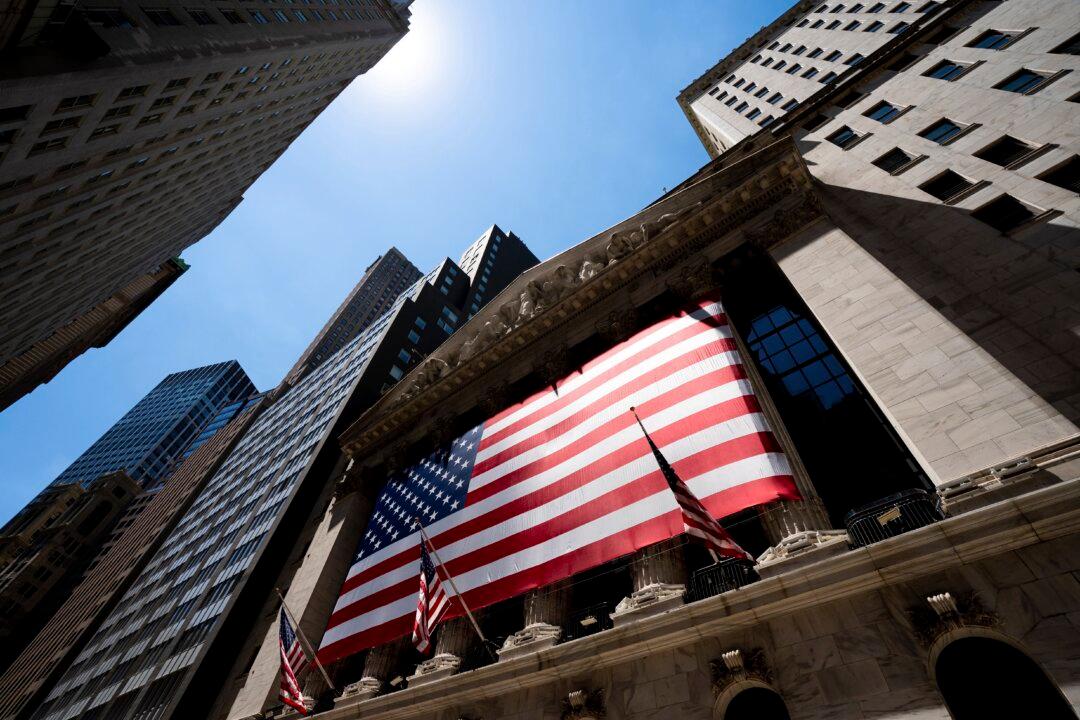NEW YORK—Wall Street fell sharply Thursday in an ugly day for stocks worldwide on expectations that U.S. interest rates will stay high well into next year.
The S&P 500 lost 1.6 percent for its worst day since March. That followed a drop of 0.9 percent from Wednesday after the Federal Reserve indicated it may cut interest rates next year by just half of what it had earlier predicted. The Fed has already hiked its main interest rate to levels unseen since 2001, which helps slow inflation but at the cost of hurting investment prices.





